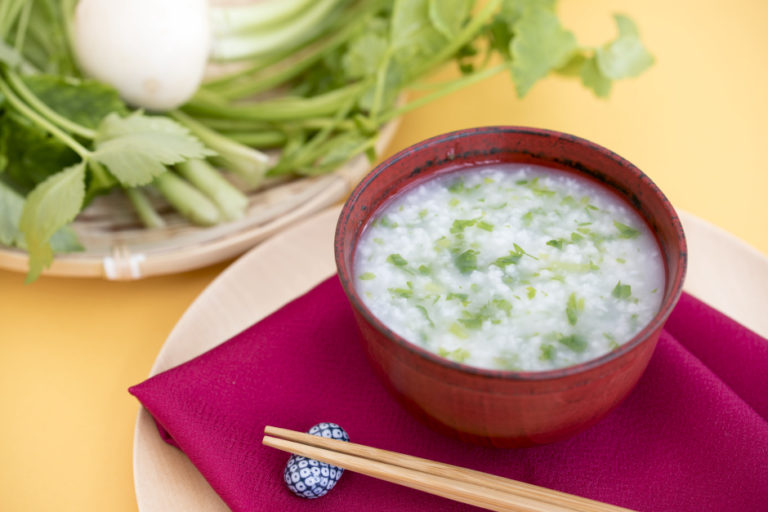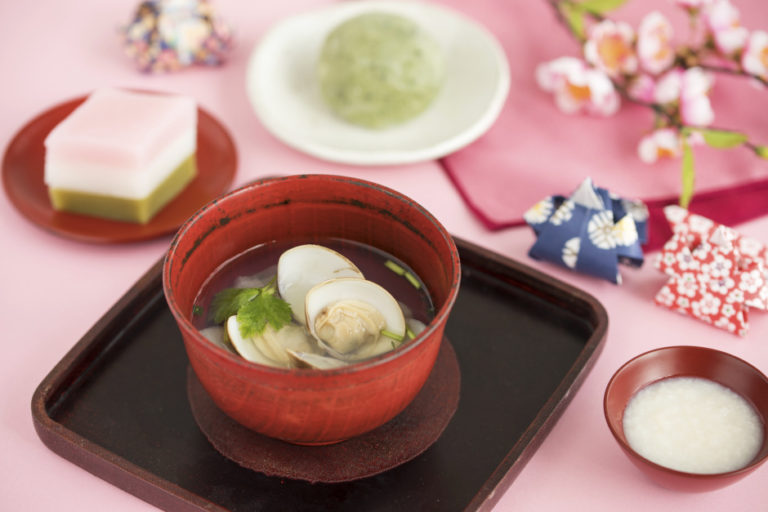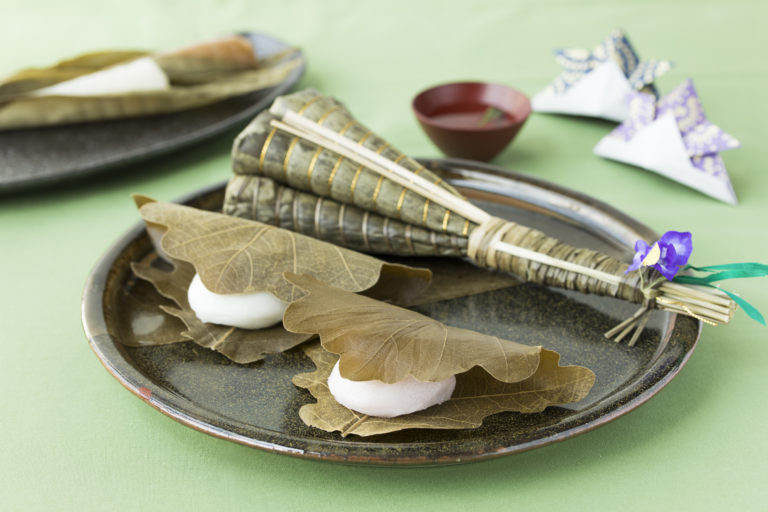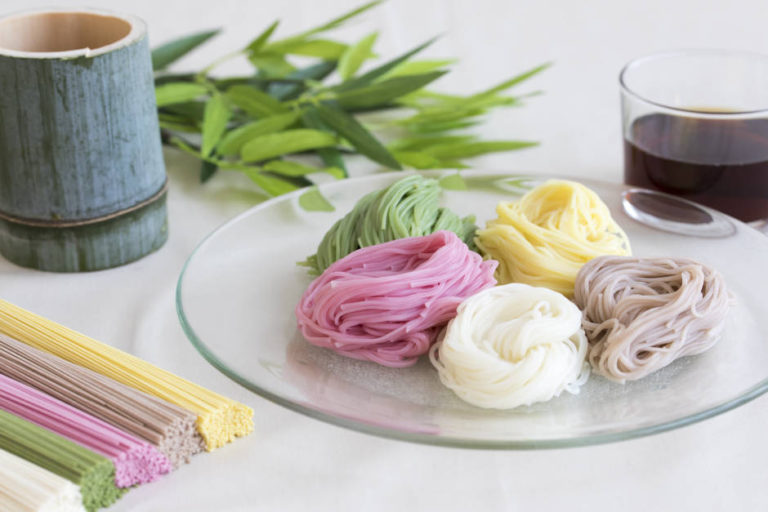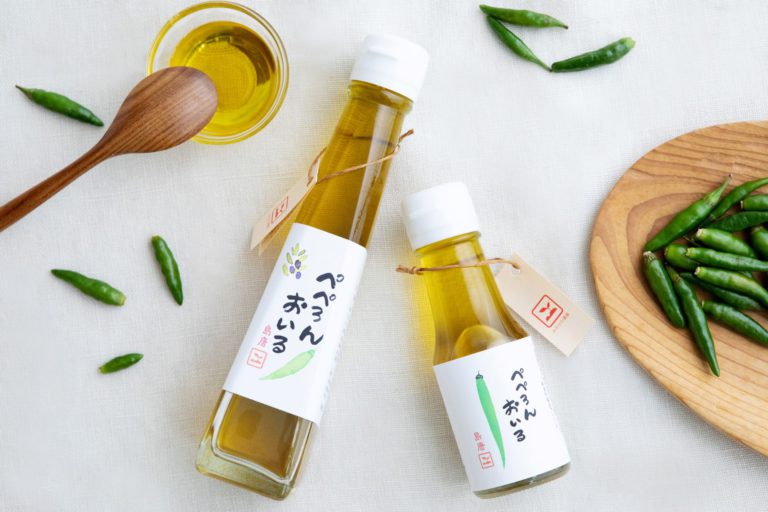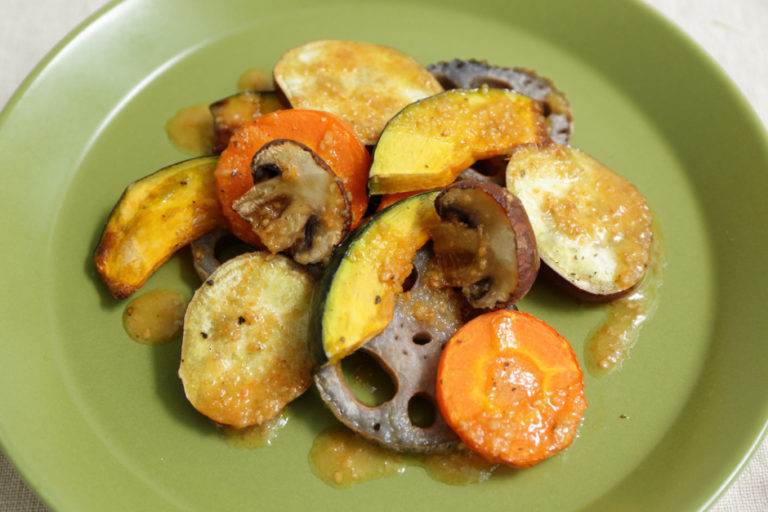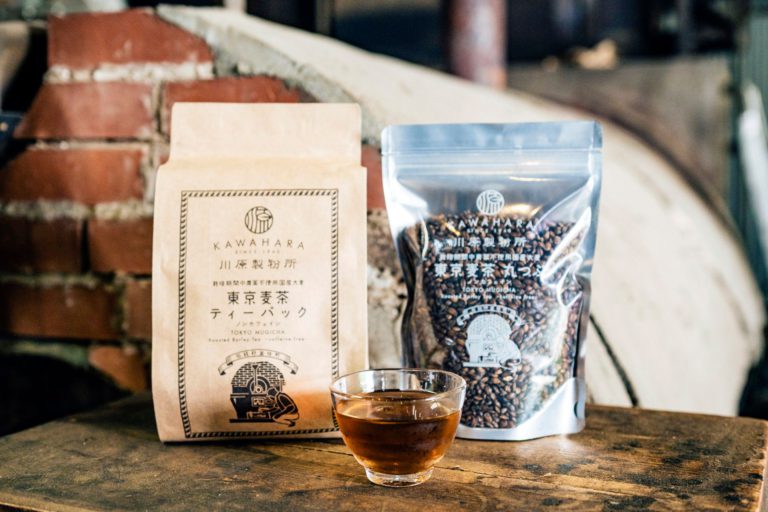Enjoying Go-sekku (Five Seasonal Festivals): September 9, Choyo no Sekku
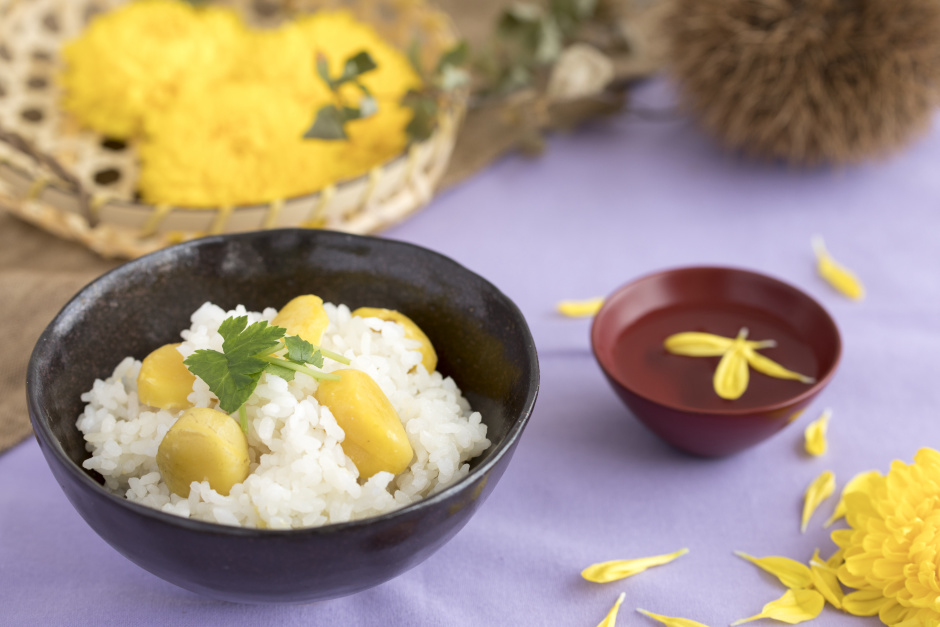
This time, we visited Aya Kiyoshi, manager of the investigation and research subcommittee of the Washoku Association of Japan, and asked about the festival’s history, characteristics and food culture.
A seasonal festival from China becomes a court event in Japan
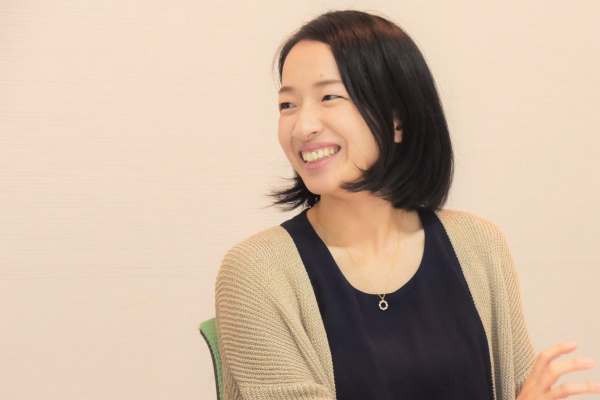
The September 9 Choyo no Sekku is derived from the traditional events of ancient China, based on a calendar with Yin and Yang principles in which a combination of odd-numbered days was thought to be unlucky. This event was brought over to Japan, and as time passed on, became an event to celebrate the turning of the season.
The origin of the Choyo no Sekku is said to come from The Tale of Kankei. This story is about a man, Kankei, who lives in China and is told by a man with supernatural powers, “Misfortune will fall upon your family the next September 9. To avoid this, you must scale a tall mountain and drink chrysanthemum liquor there.” Kankei follows this advice and successfully prevents any misfortunes. From this story, it is said that Chinese people would traditionally go outdoors or climb hills to drink to drive away any misfortune.
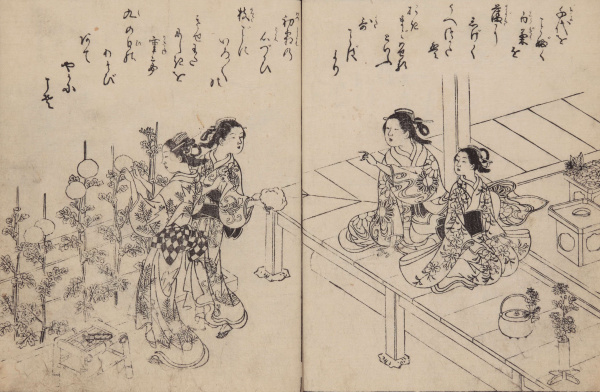
This event was said to have been brought over to Japan during the Nara period (710–794). Nihon-shoki, the oldest scripture in Japan, documents a feast held on September 9, 685. Furthermore, the Choyo no Sekku was held annually as a court event during the Heian period (794–1185), and became a standard practice during that time. “Around the middle of the Heian period, aristocrats would compete with the craftsmanship of their chrysanthemum flowers. This was called Kikuawase, and there are documents noting that they would hold Chrysanthemum Feasts while observing these flowers. Furthermore, the Kisewata event has also been documented in the Pillow Book. In this event, people cover chrysanthemum flowers with floss silk on the day before the Choyo no Sekku, to soak the fragrance of the chrysanthemums and morning dew into the fiber, of which they would use to wipe their faces. This was said to have age-reversing effects, and was a conventional practice among the nobility from the end of the ninth century,” says Kiyoshi.
The history of the Choyo no Sekku and commoner culture
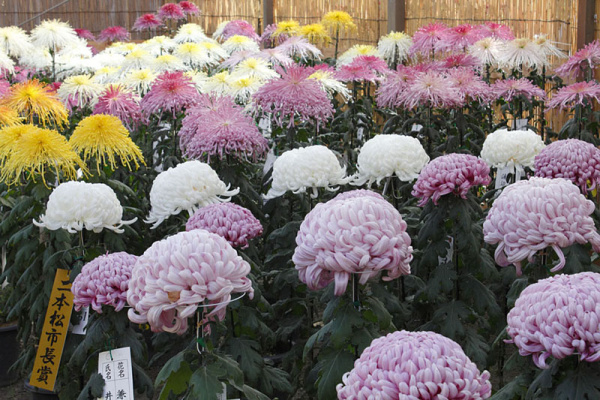
Once the Tokugawa Shogunate enacted the Go-sekku, the government attempted to make the Choyo no Sekku more public, although it is not certain whether they were copying ancient China or not. However, when compared to the other festivals, it is said that the Choyo no Sekku did not establish itself among commoners. What actually happened?
“Actually, after the Kamakura period (1185–1333), the feasts of the Choyo no Sekku ceased to be very popular. After the Go-sekku was established in the Edo period (1603–1868), there was a period in which viewing chrysanthemums (Kangiku) became a trend, which livened up the Choyo no Sekku for a while. However, because this time of year was rice harvest time for farmers, it is thought that more weight was put on village harvest festivals than urban customs of admiring chrysanthemums. The festival gradually started to dwindle away in Edo City after the Meiji period (1868–1912). The Tokyo Nenchu Gyoji (the year-round events of Tokyo, published in 1911) states that “There is not much weight put on this festival anymore,” and the Tokyo Fuzokushi (Manners and customs of Tokyo, published in 1899) states that “the Choyo no Sekku is almost completely obsolete” in its pages.
The culture of observing chrysanthemums, which became popular in the Edo period, still remains throughout Japan as chrysanthemum doll festivals and other various events, leaving a glimpse of the old Choyo no Sekku. So then, what about the food?
Festival foods for the Choyo no Sekku included chestnut rice and chrysanthemum flower liquor
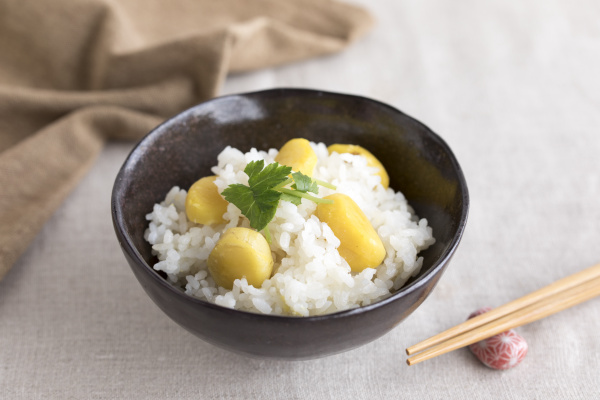
Although the Choyo no Sekku used to be a big deal, with nobility holding feasts in court, Kiyoshi states that, “Actually, although the culture of observing chrysanthemums flourished, the food culture lacks diversity when compared to the other festivals.”
In the midst of this, it is said that chestnut rice and chrysanthemum flower liquor have been handed down as representative festival food for the Choyo no Sekku.
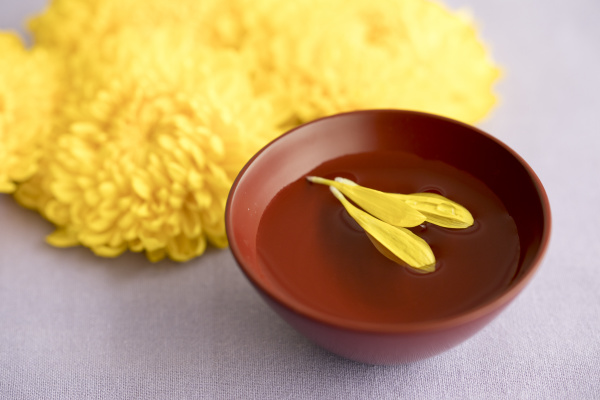
Chestnut rice is usually cooked with rice, chestnuts and salt, but some regions add chestnuts to rice boiled with red beans as well. There are documents stating that chestnuts were roasted or added to simmered vegetable dishes in Tokyo. Furthermore, according to the 1811 Shinmotsu Benran (Gift-giving handbook), there was a custom of offering chestnuts as a celebratory Choyo no Sekku gift.
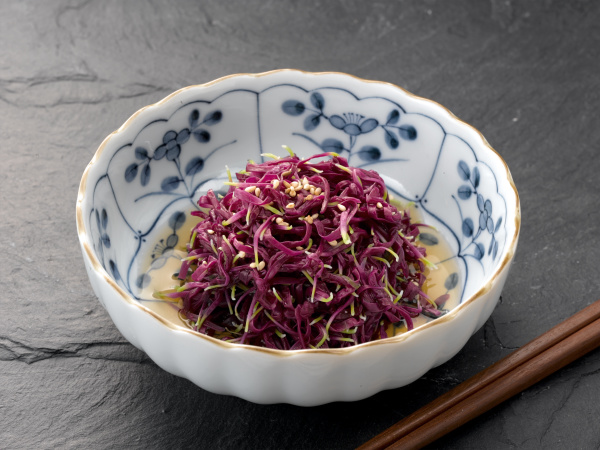
It is said that the chrysanthemum is a flower that wishes for a long life. Japan mimicked the ancient Chinese custom of floating chrysanthemum petals in liquor when the event was for nobilities during the Heian period. People would enjoy the fragrance of the petals in their drink, and it was also enjoyed during the Edo period as well. Furthermore, during the Edo period, some regions started harvesting edible chrysanthemums. For instance, there is a verse by Matsuo Basho stating that he ate chrysanthemum dressed in vinegar in Shiga prefecture, where the edible Sakamoto Chrysanthemum is harvested. In Aomori prefecture, where the yellow chrysanthemum Aboukyu is grown, there are documents stating that chrysanthemum dressed in vinegar was eaten during the Choyo no Sekku in the beginning of the Showa period (1926–1989). Growing edible chrysanthemum is still popular in Niigata prefecture, and one can see colorful vinegared chrysanthemum dishes during autumn to this day.
Additionally, Kiyoshi informed us that, “Elements of the Choyo no Sekku have been added to autumn harvest festivals in various regions, or the period of harvest festivals called Okunchi, and some dishes are still made to this day.”
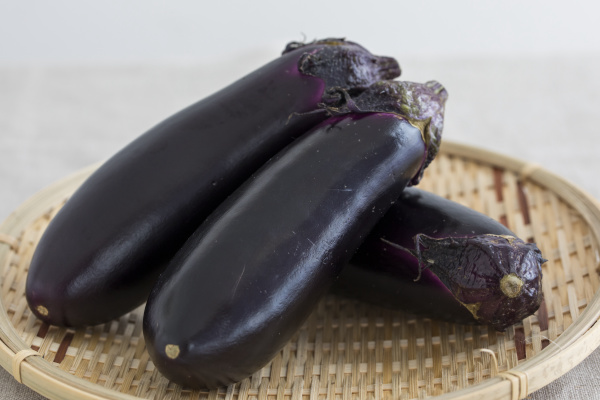
In the Kanto region there is a saying called Mikunichi-nasu, which means that “eating eggplant on the days called Mikunichi, which is September 9, 19 and 29, prevents chubu (which is currently known as the aftereffects of cerebral hemorrhage).” In the Kyushu region, the festival food expressing gratitude for harvests, Kunchi-ryori, is offered during the harvest festival in October of the solar calendar.
Although the Choyo no Sekku did not become a popular event in the lives of common people as much as the other Go-sekku, it seems as though the elements of this festival still live on in regional lives and food cultures.

